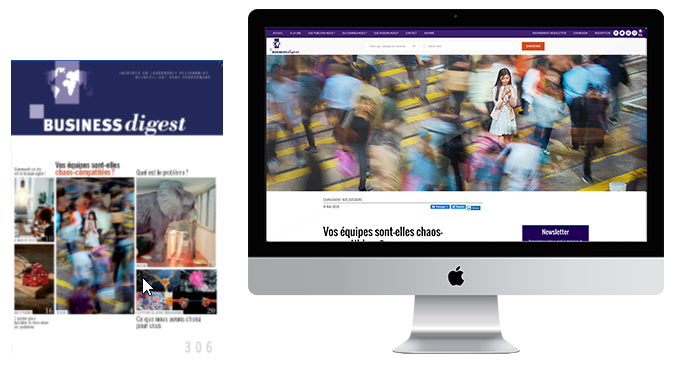Can negative emotions like fear, anger, and sadness be useful at work?
The workplace is almost always an emotional minefield. If you are like most people, a typical day at the office raises all kinds of challenging, involuntary thoughts and feelings. The question is: do you have the “emotional agility” to put your inner turmoil to good use, or do you just run from it?
“Given a choice, you’d probably prefer to be happy all the time, and there are advantages to that state,” admits Susan David (Emotional agility: Get unstuck, embrace change, and thrive in work and life, Avery, September 2016). And yet, as she goes on to explain, your so-called “negative” emotions also serve your overall wellbeing in important ways: “It’s when we’re in a funk that we focus and dig down. People in ‘negative’ moods tend to be less gullible and more skeptical, while happy folk may accept easy answers and trust false smiles. It’s usually when we get knocked down a few pegs that more of the subtle, sometimes painful but potentially important underlying details in life come to the fore (…)
While it’s rarely fun to be in a bad mood, and it’s certainly not healthy to constantly stew in ‘negative’ emotions, here’s what experiences of sadness, anger, guilt, or fear can do”:
1. Help us form arguments
2. Improve memory
3. Encourage perseverance
4. Make us more polite and attentive
5. Encourage generosity
6. Make us less prone to confirmation bias
To read the article in full :
Emotional agility
 Based on Emotional agility: Get unstuck, embrace change, and thrive in work and life, by Susan David (Avery, September 2016) and an interview with Mariellie Rodriguez-Mundy Chief Financial Officer, Miller Electric.
Based on Emotional agility: Get unstuck, embrace change, and thrive in work and life, by Susan David (Avery, September 2016) and an interview with Mariellie Rodriguez-Mundy Chief Financial Officer, Miller Electric.
© Copyright Business Digest - All rights reserved

